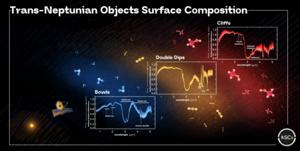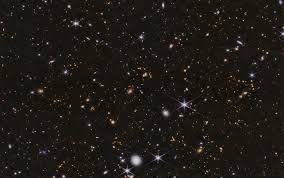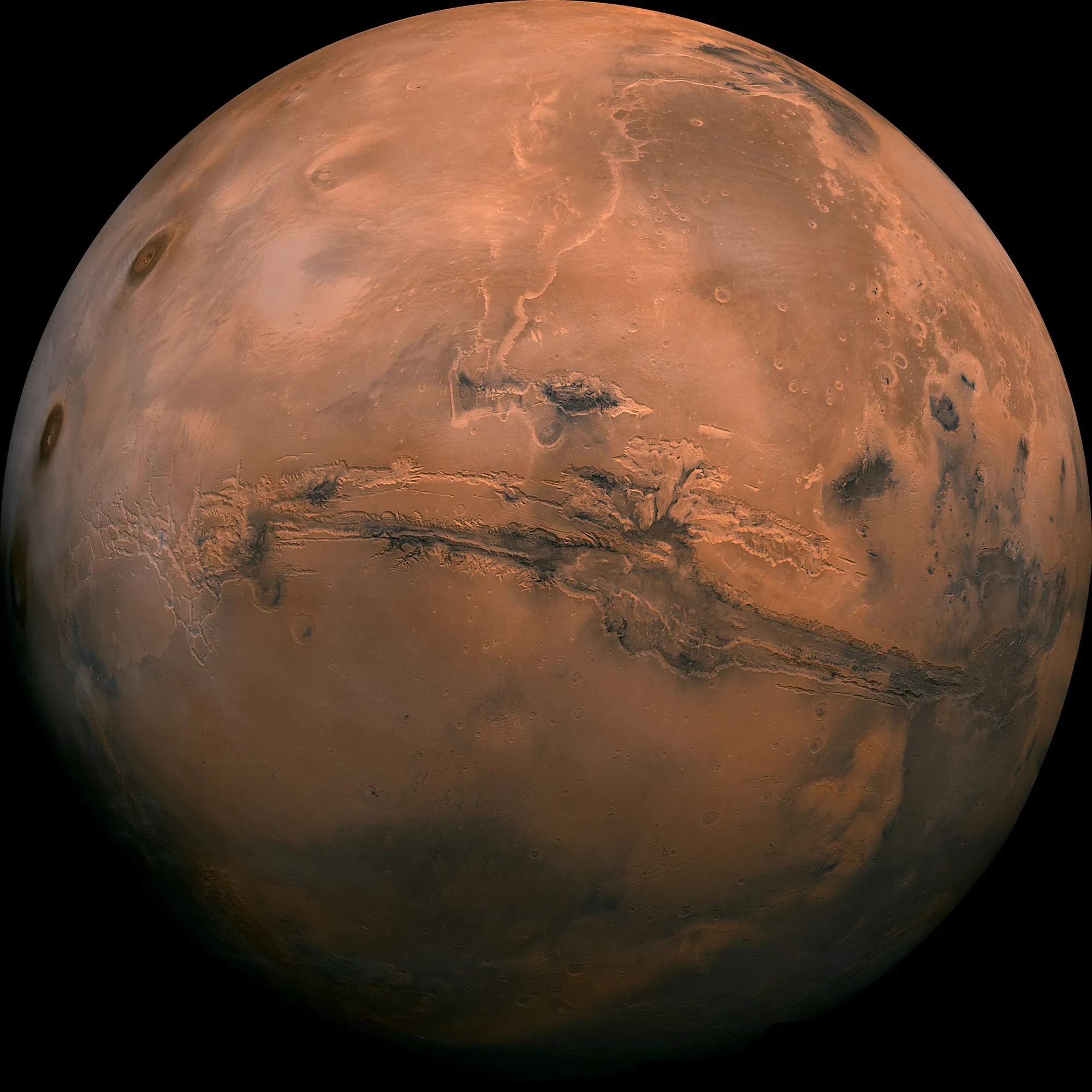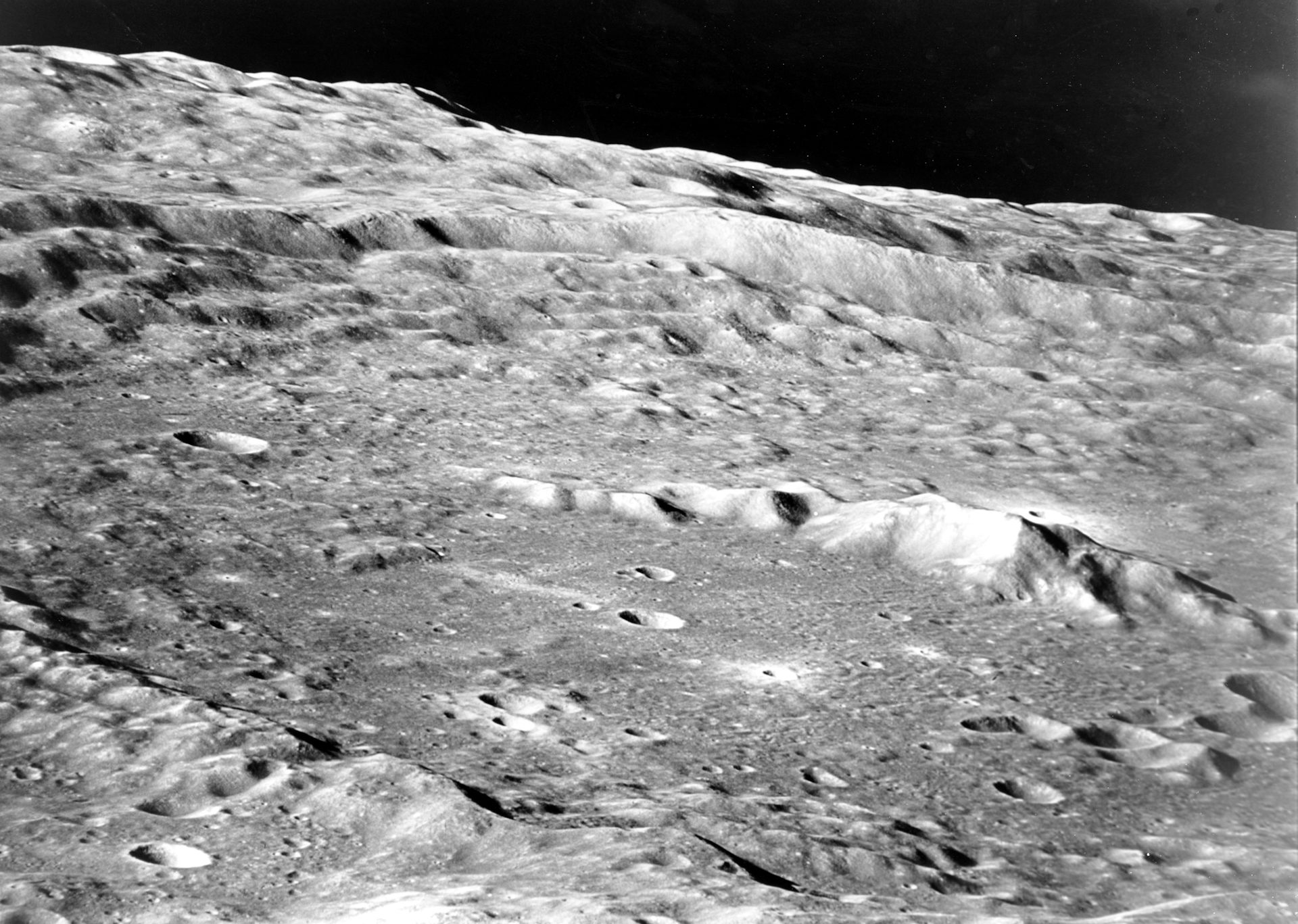
A strange star has revealed to astronomers a mysterious past - one that involves the merger of two ancient suns.

New studies led by researchers at the University of Central Florida offer for the first time a clearer picture of how the outer solar system formed and evolved based on analyses of trans-Neptunian objects (TNOs) and centaurs.

Galaxy clusters -- the big cities of the universe -- are home to many giant elliptical galaxies that have completed their growth and are not forming stars. However, it is still unclear what has shut down star formation.

The research suggests that the thick crust of Mars' southern highlands formed billions of years ago generated granitic magmas and sustained vast underground aquifers.

An extreme heating event may have interfered with scientists' attempts to figure out the Moon's age by dating lunar rock samples.

The discovery helps explain a long-running cosmic mystery about why some stars hurtle through space much faster than others.

Saturn’s icy rings could be much older than they appear due to their resistance to pollution from impacts with rocky debris.

Io does not have a shallow global magma ocean beneath its surface, counter to previous claims, suggests a paper published in Nature.

Data from 2023 soured hopes that a nearby exoplanet had a habitable atmosphere. That disappointment might have been premature.

We focus on planets as habitats for life but what if other environments, even ones maintained by organisms themselves, can also provide these necessities?

A few years ago, a radio telescope operating out of the desert of Western Australia observed something very weird.

In case dark matter didn't seem mysterious enough, a new study proposes that it could have arisen before the Big Bang.

A new analysis of the eruption rates of 56,400 Sun-like stars has estimated that the Sun's superflare rate is at the low end of that scale – once every 100 years.

Astronomers made a photo of a colossal belch – a gamma-ray eruption from one of the powerful jets of plasma launched from the black hole's poles as it feeds.

The review takes a close look the final flight of the agency’s Ingenuity Mars Helicopter, which was the first aircraft to fly on another world.